In 1965 Anchorage was rebuilding after the great earthquake. Ralph's new architectural practice was just getting started and he was dealing with growing pains and an oppressive workload. He was also developing a wonderfully unique and expressive design palette and enjoyed a high level of interest in his projects.
January 3, 1959. Anchorage Times publisher Robert Atwood with the flag and Alaska bigwigs including Alaska U.S. Senators Gruening and Bartlett. Note the 49-star U.S. flag which was only in use for a few months prior to Hawaii becoming the 50th state.
Photos of house for Rod and Gywnneth Wilson in the Sand Lake area of Anchorage which Ralph discusses in this episode. In 1999 on a tour of some of Ralph’s Anchorage projects we found the Wilson house intact and in original condition. In 2023 it has been modified.















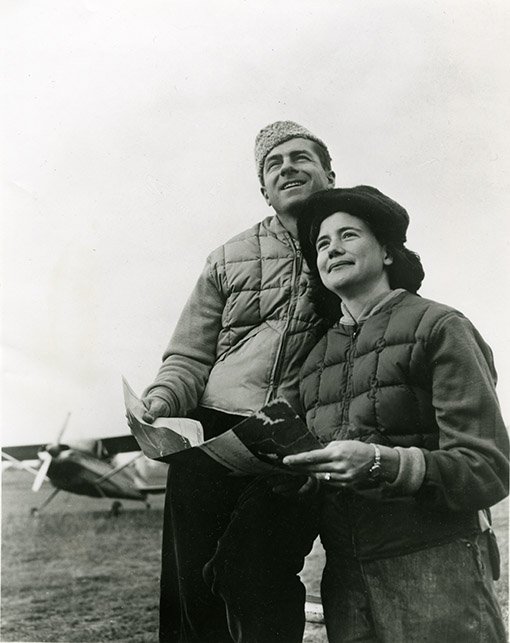






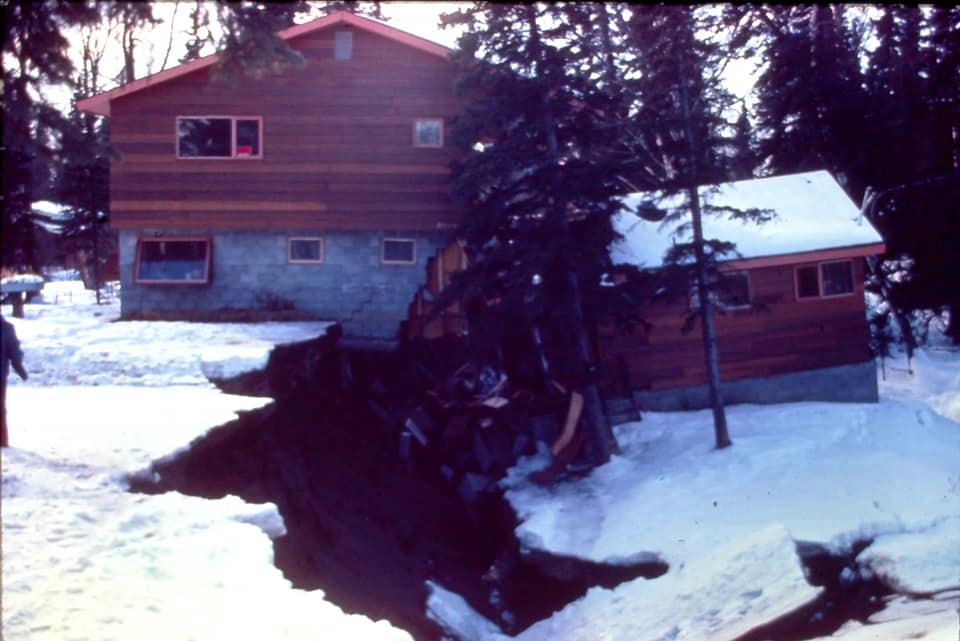







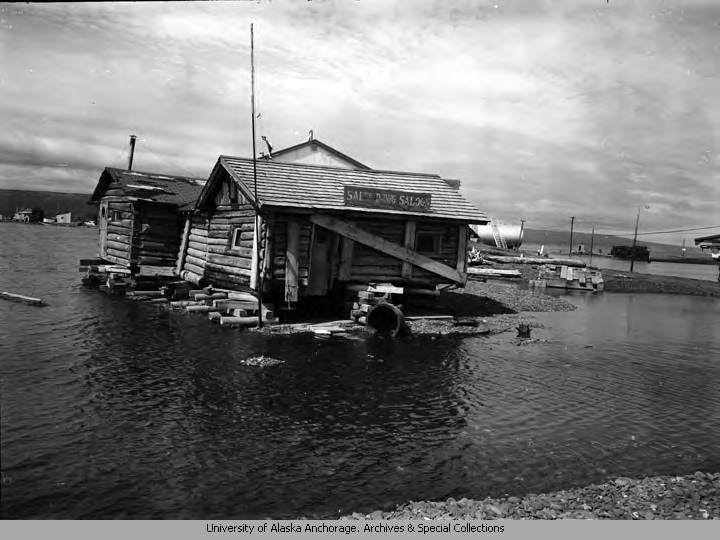
















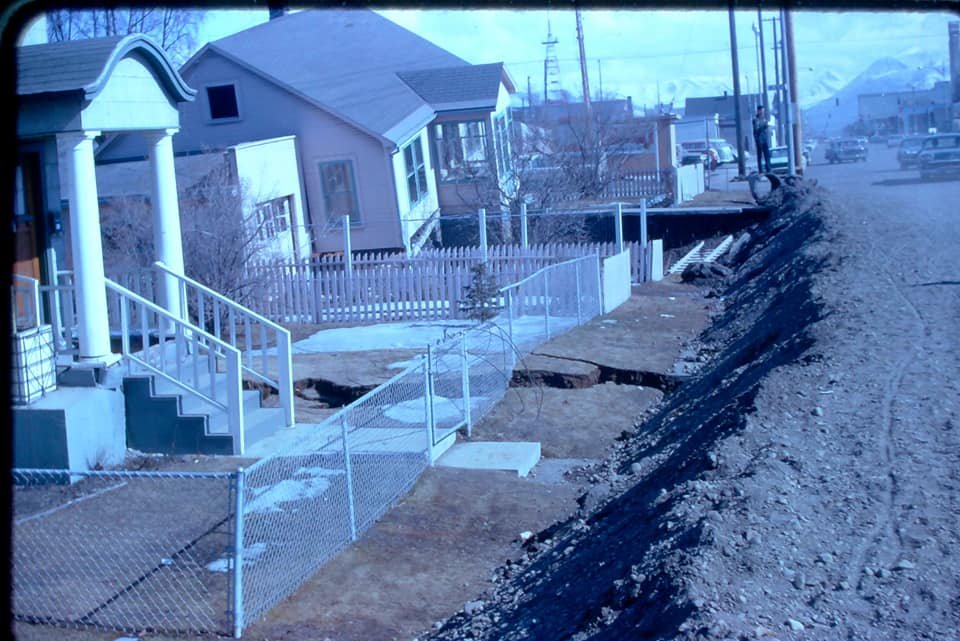





![A two or three long section of the north side of the city’s main street, 4th Avenue sunk between 10 and 20 feet, buckling buildings, streets and sidewalks. The south side of the street [on top of the hill] was mostly OK and some of the buildings ar…](https://images.squarespace-cdn.com/content/v1/5771e6b1f5e2314b4833ec6d/1607331164435-HAK81OWQOUCWZAYB0Y0A/cdmg13_14312_full.jpg)

































![Club 25 building [current headquarters of Fur Rendezvous]. 4th Ave. and D St., May 17, 2020. Photo by Clark Yerrington.](https://images.squarespace-cdn.com/content/v1/5771e6b1f5e2314b4833ec6d/1589784330346-V5MNR81F06KQXDZZSABF/club+25+03.jpg)


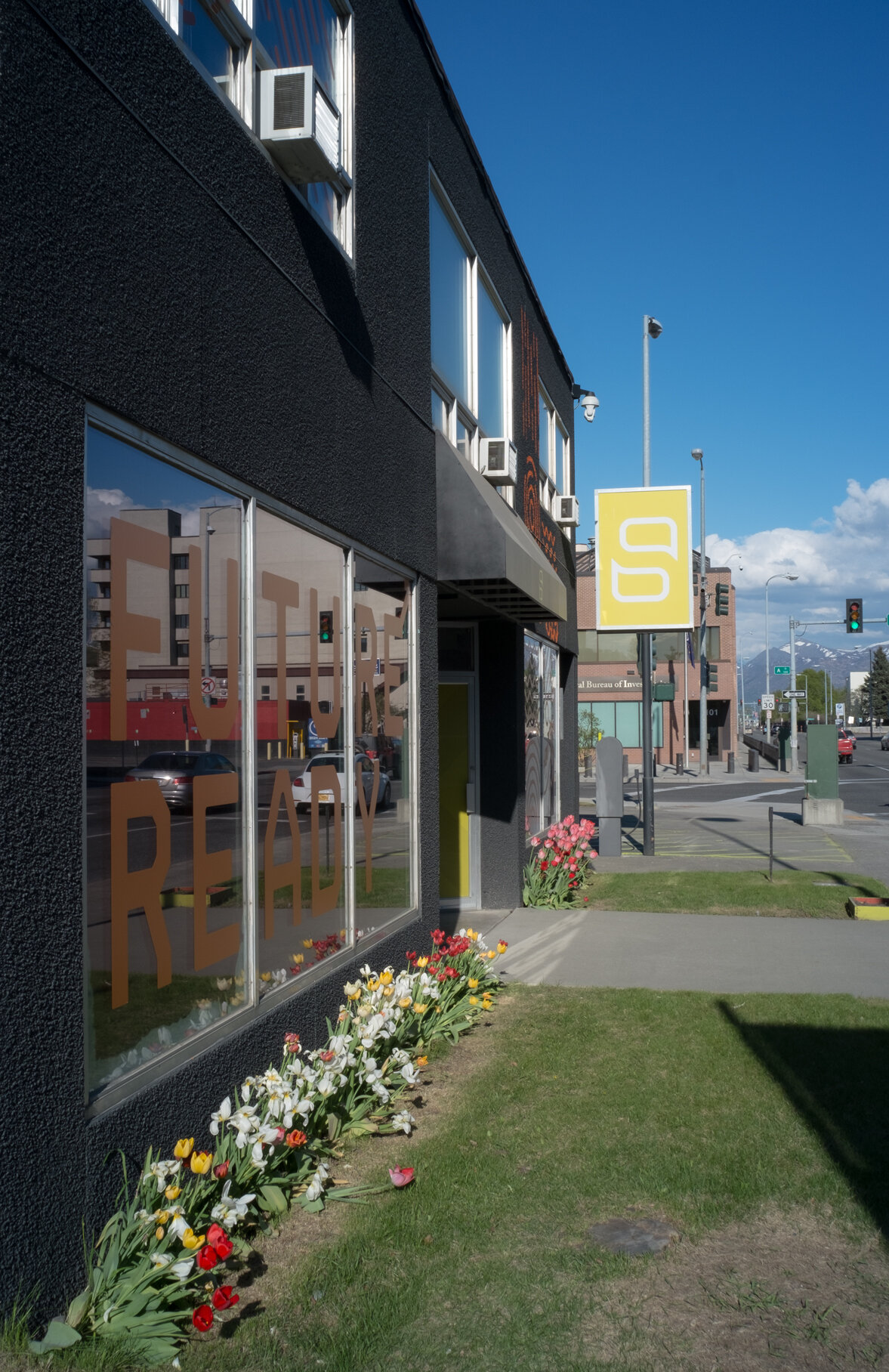






![The last days of the Scandinavian Club Bar [1984]. Rear view from the alley between 4th and 5th, just east of C St. looking north. Just before the bar and the rest of the block were razed for the 5th Ave. Mall parking garage. Photo from Sam McClain …](https://images.squarespace-cdn.com/content/v1/5771e6b1f5e2314b4833ec6d/1587005381428-3D4G233GN9F4NI9HHLDD/scandinavian.jpg)


















![Charles Blomfield [front] and some of his neighbors outside their Bootlegger Cove condo building, downtown Anchorage, 2009. Photo by Clark Yerrington.](https://images.squarespace-cdn.com/content/v1/5771e6b1f5e2314b4833ec6d/1588041002241-8KI7X8EZIW0QH8PV54LI/charles+blomfield.jpg)








